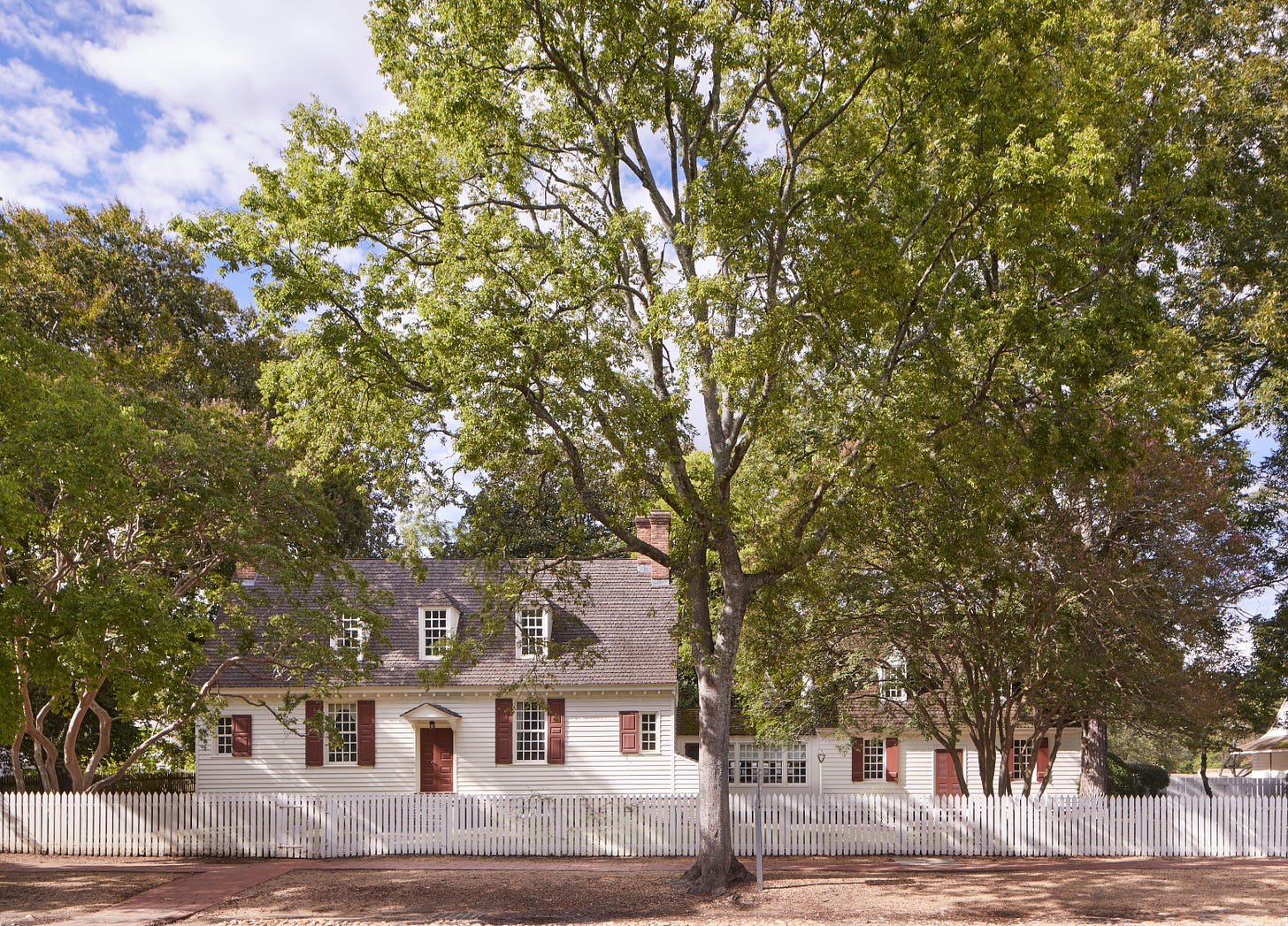
Dear friends,
A little unknown fact about me is that I grew up in a world of fabrics and wallpapers, courtesy of my amazing mom. Now that I’m an adult, I’m proud to say they are an essential part of my DNA. In my first-ever piece for Vogue, I got the chance to write about how historical homes are working with esteemed design brands to bring archival material back to life, and why this resurgence of 18th and 19th century design is happening now.
I began my journey at the Jane Austen House Museum, where Austen wrote all six of her novels during the last eight years of her life. Recently, the museum teamed up with Hamilton Weston to recreate three wallpapers that hung in the original Austen home. Of all the papers, I think my favorite is the Chawton Leaf, which curators found hidden behind a dining room cupboard.
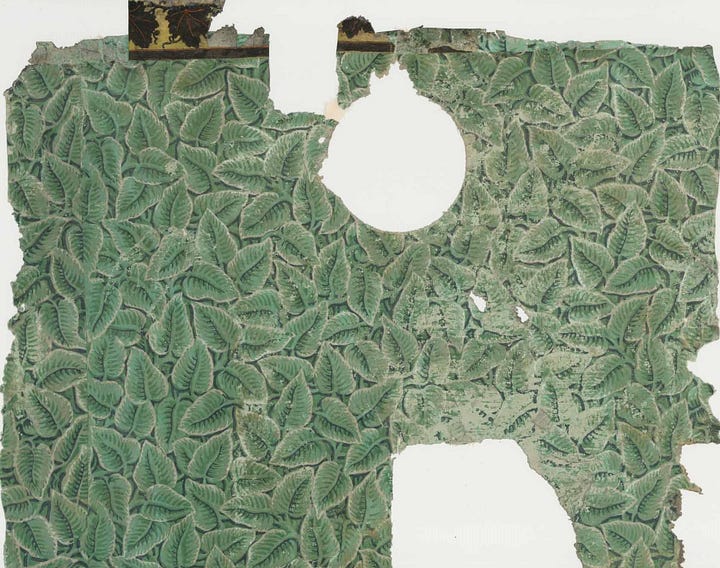

From there, I turned to Colonial Williamsburg — coincidentally just a three hour drive from D.C. With their new Homecoming Collection, Schumacher recently introduced a suite of Williamsburg-inspired fabrics, trims, and wallcoverings, including Lafayette Botanical — a late eighteenth-century French chintz — and Dandridge Damask, which was taken from a gown worn by Martha Washington. As Williamsburg’s latest Designer in Residence, Heather Chadduck Hillegas incorporated Lafayette Botanical and Dandridge Damask in her recent redesign of the Nelson-Galt house — the oldest residential dwelling in Colonial Williamsburg, dating to 1695.
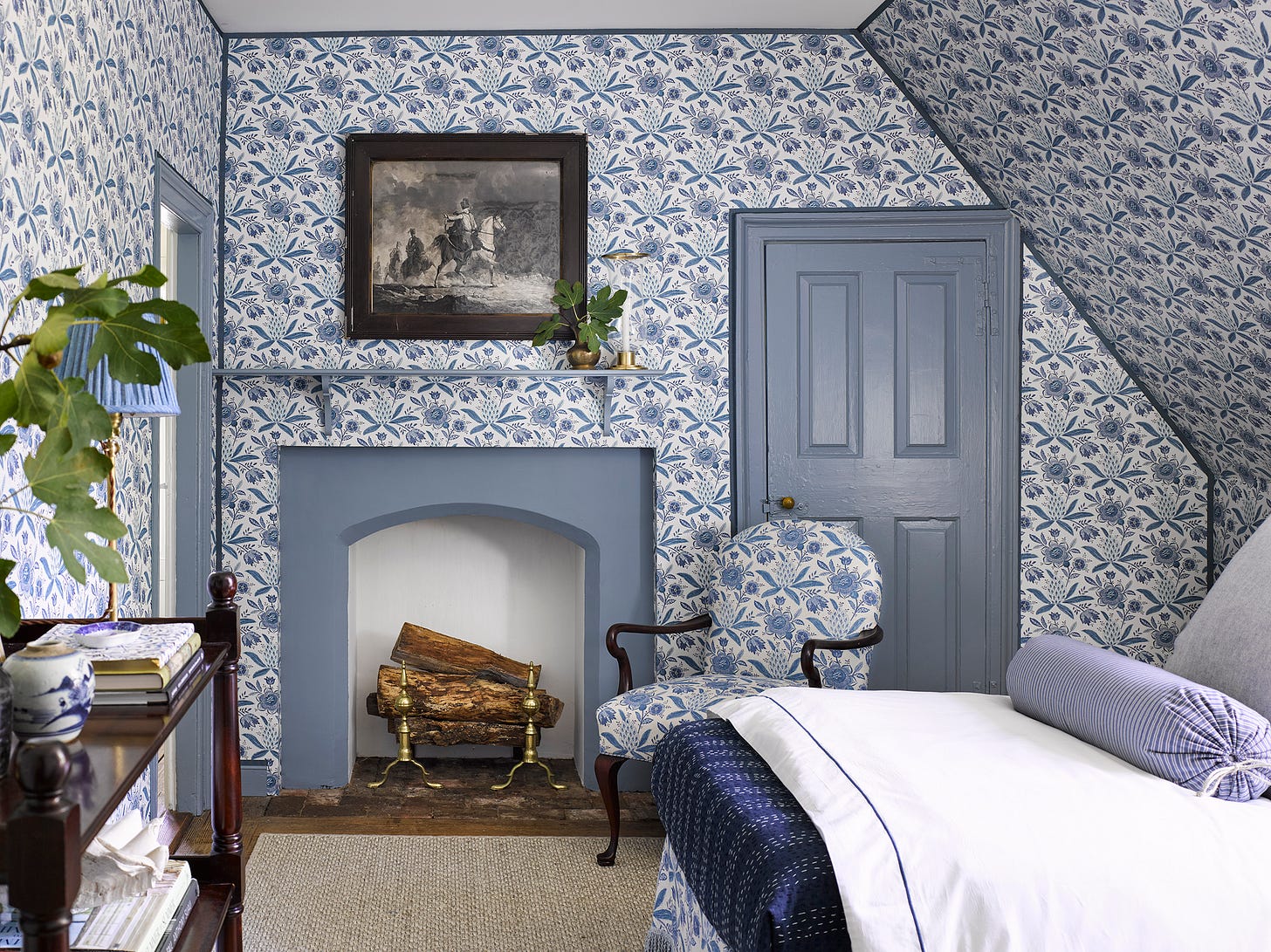
This November, I had the chance to visit Colonial Williamsburg to see many of these things for myself. We began our day with a visit to Mark Hutter, Williamsburg’s master tailor, who worked on reproducing a coat belonging to Supreme Court Justice John Blair, Jr. — one of the last surviving pieces of clothing from Colonial Williamsburg as well as the inspiration for Schumacher’s Blair Silk Épinglé fabric. Mark and his team told me that Blair’s pink coat would have been regarded as “boring business dress,” explaining that it was actually the scale of a pattern — versus the color of a fabric — that determined whether an article of clothing was regarded as “masculine” or “feminine.”

From there, I toured the historic Thomas Everard House (c. 1718) with Williamsburg’s Executive Director of Architectural Preservation, Matt Webster. Longtime Williamsburg licensee Adelphi Paper Hangings has recreated many original wallpapers found in the home; meanwhile, chemists at Benjamin Moore have performed microscopic analysis to identify many of the home’s original paint colors, such as this candy apple green found in the drawing room. Today, the color seems vibrant, even garish, though Matt told me that public rooms in 18th-century Virginia typically featured bold colors and patterns, which were often seen as a sort of status symbol.
We ended our day at the Williamsburg archive with textile curator Neal Hurst. There, I got to see the ORIGINAL Blair coat as well as fragments of Martha Washington’s gown that inspired Schumacher’s Dandridge Damask. The most surprising thing about the dress? It has POCKETS!!!
If you ever have a chance to visit Colonial Williamsburg, I cannot recommend it enough. It is always so inspiring to step back in time and retrace the footsteps of our predecessors, even if just for the day.
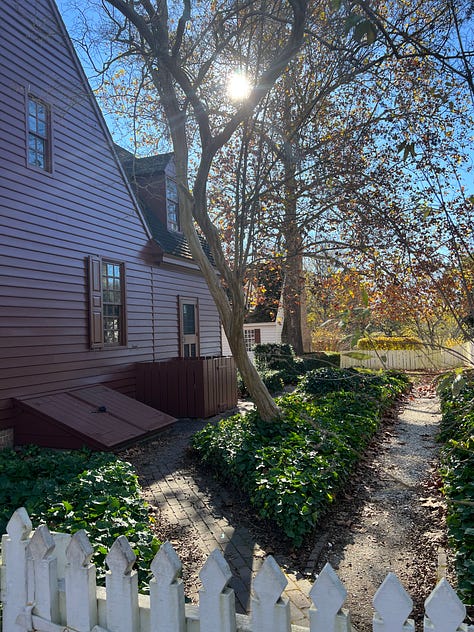

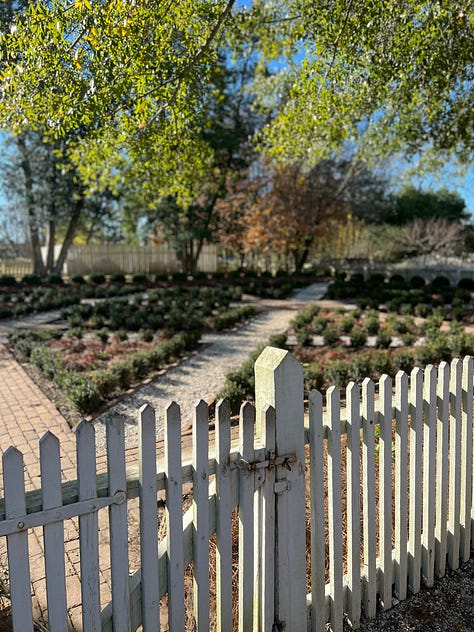
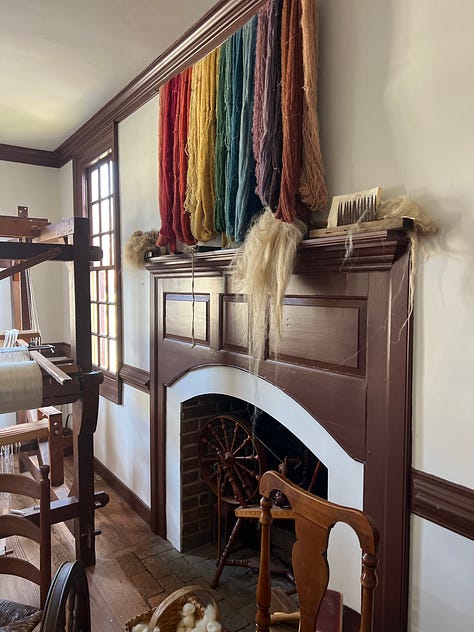
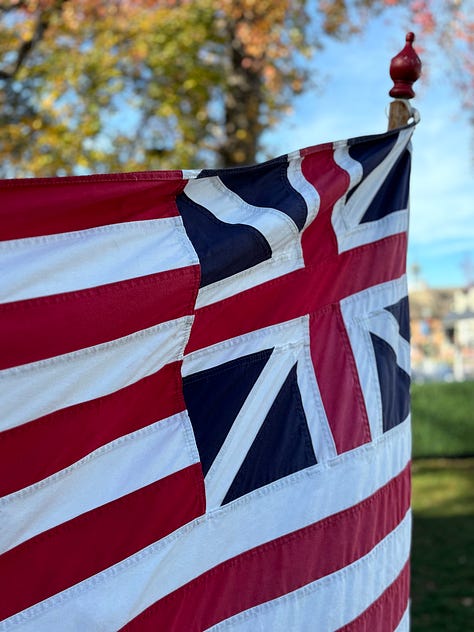
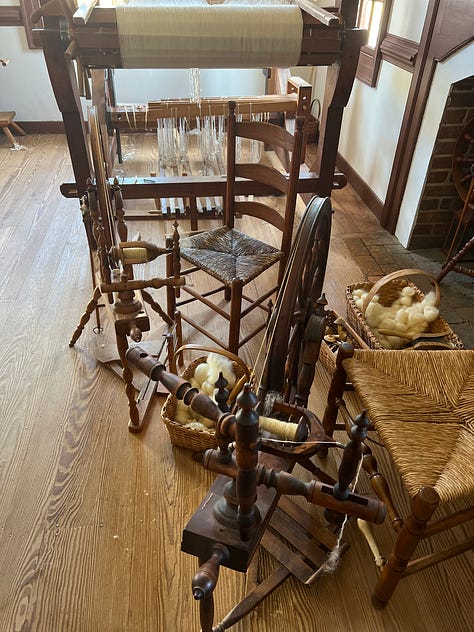
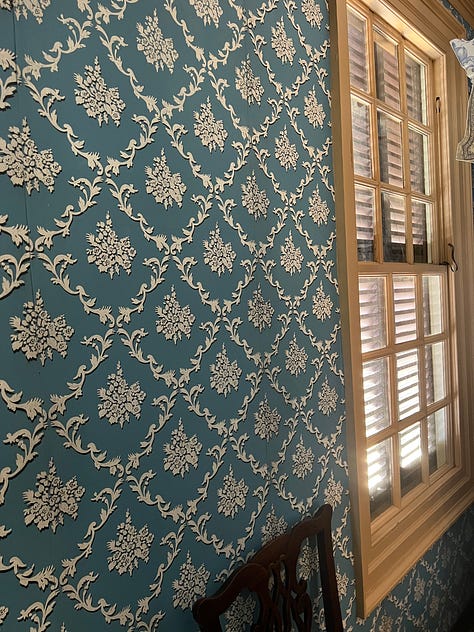
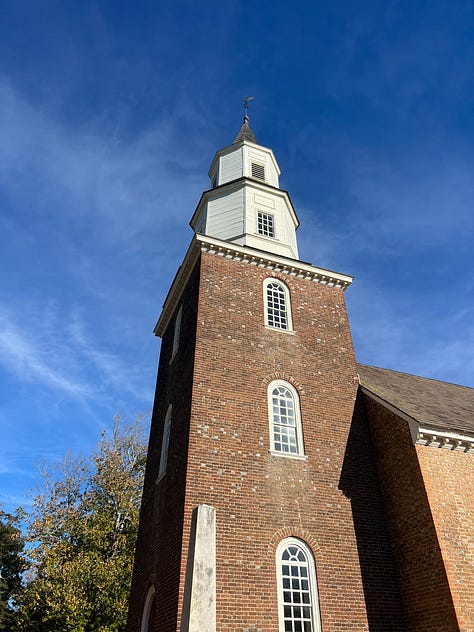
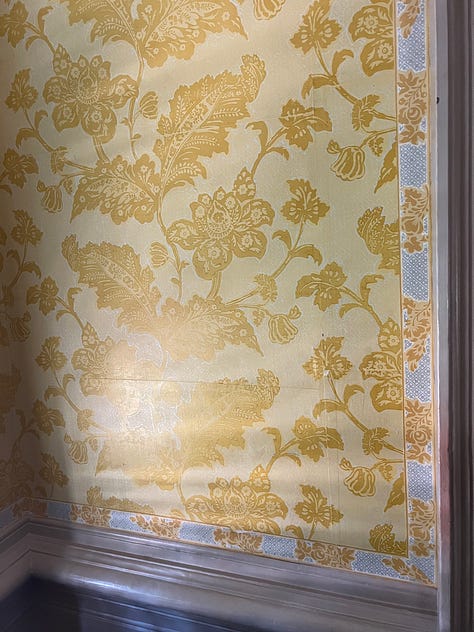
Thank you so much for reading.
Your friend and fellow traveler,
How to support
LINKAGE is a free, all-access newsletter, but I would be eternally grateful if you would share it with a friend and/or follow me on Instagram here.





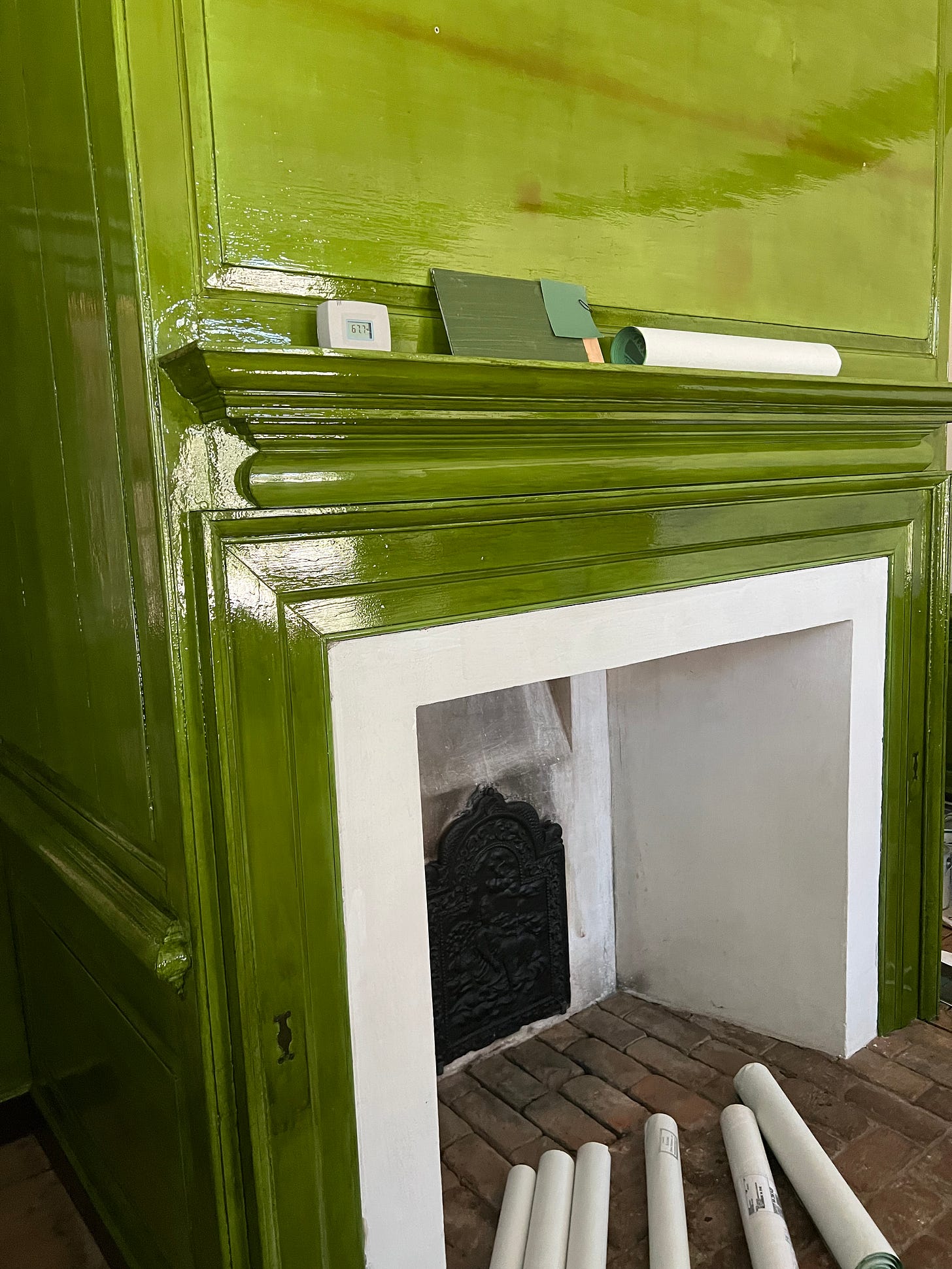

Loved the blog AND the full articles. The pictures bring your lovely writing to life.
Love this ♥️